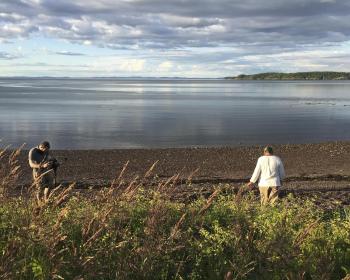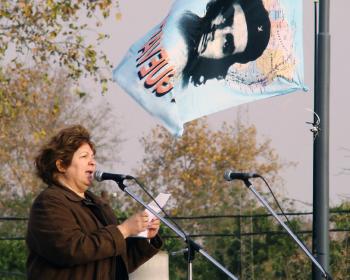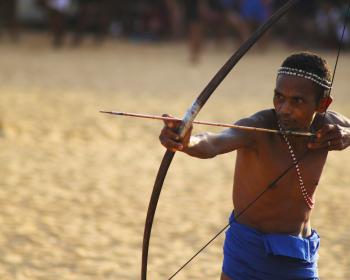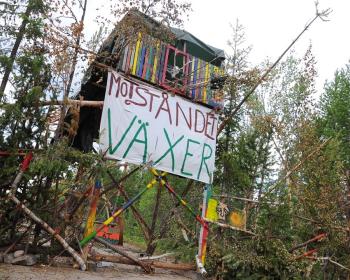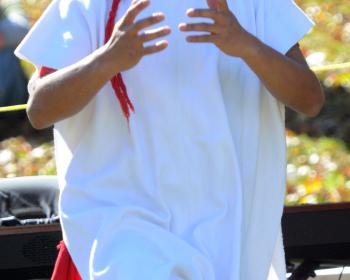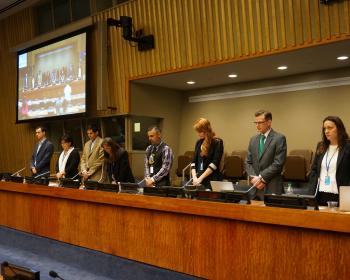Cultural Survival stands in support of Bill 4087, Community Media Law, which is currently being considered in the Guatemalan Congress. A vote on this bill could be scheduled for as soon as Tuesday, February 9, 2016 and in order for it to pass, 105 of the 158 members of congress must vote in its favor. Bill 4087 would modify the existing Guatemalan telecommunications laws to allow access to non-profit community radio licenses for each municipality in Guatemala.
